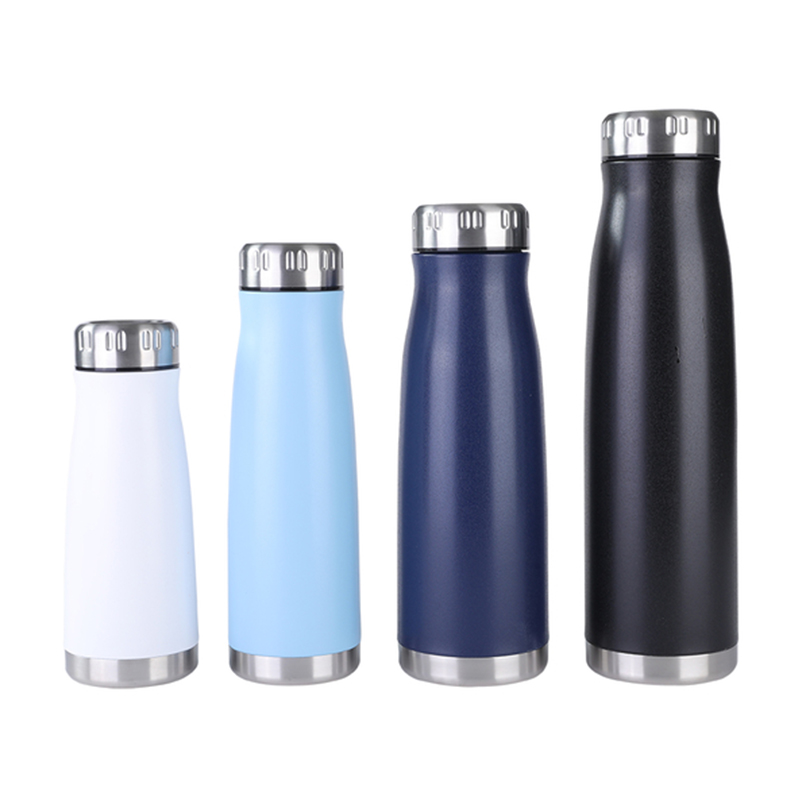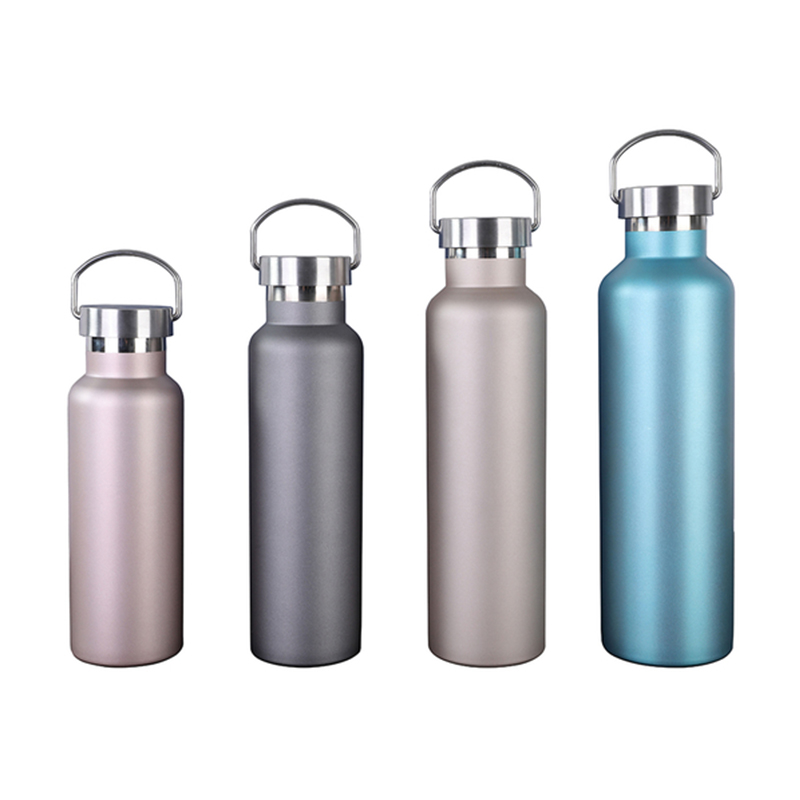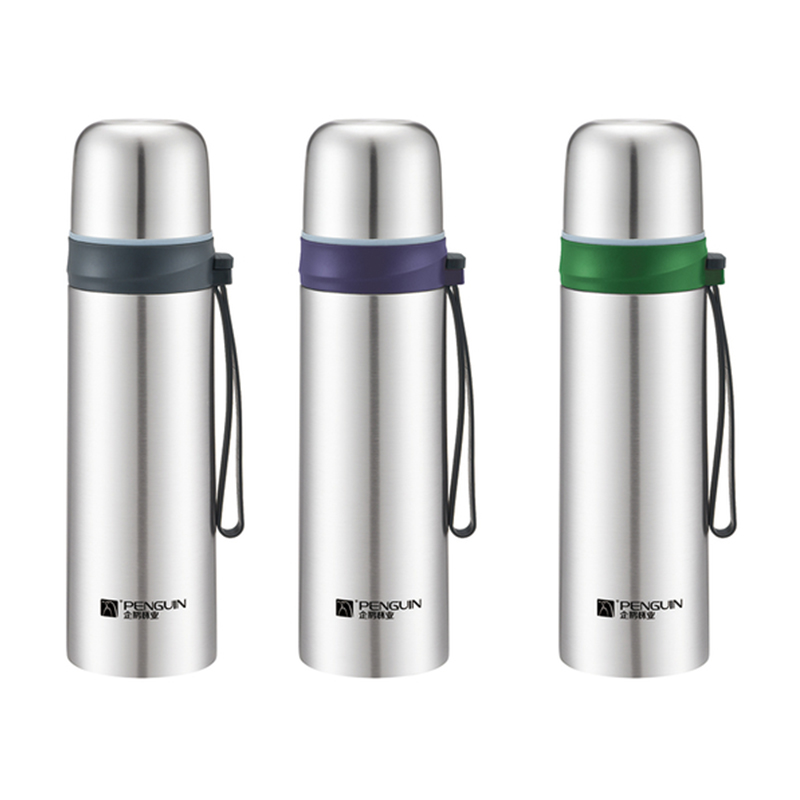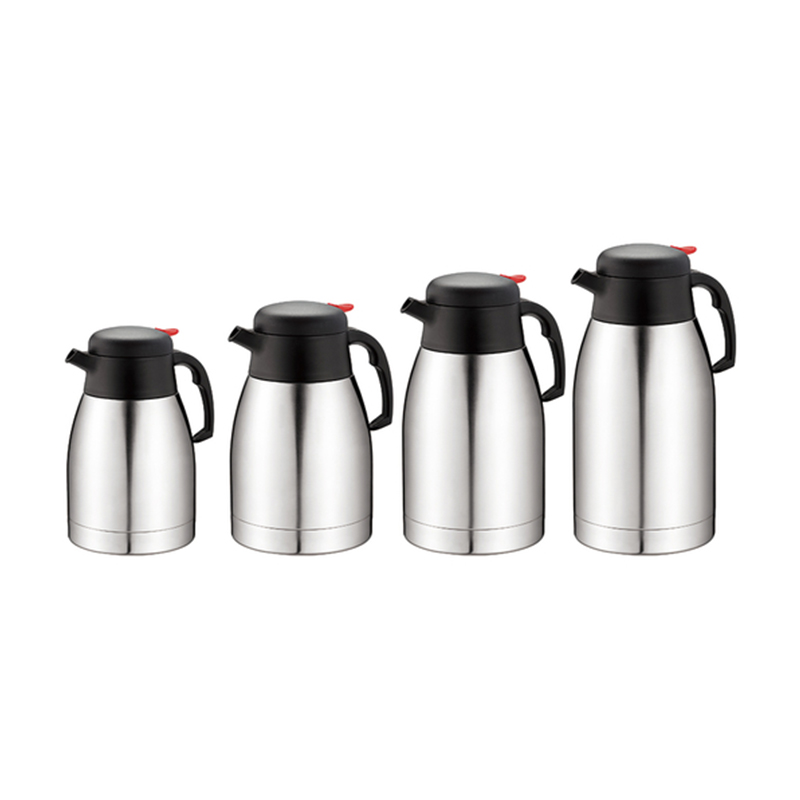How to Choose Coffee Mugs?
2025-11-21
Material Selection

Ceramic mugs
Ceramic is one of the common materials for coffee mugs. It offers good heat retention, is generally lightweight, and is available in a wide range of colors and finishes. For example, offices often provide ceramic mugs for employees because they maintain the temperature of coffee for a reasonable period while being affordable and easy to produce. However, ceramic can chip or crack if dropped, which is a consideration when selecting mugs for environments with frequent handling.
Glass mugs
Glass coffee mugs provide a transparent view of the beverage, which can enhance presentation, particularly for layered drinks like lattes or cappuccinos. Cafes frequently use glass mugs for visual appeal during service. Borosilicate glass is preferred due to its resistance to thermal shock, meaning it can handle hot coffee without cracking. The main drawback is fragility; glass mugs require careful handling and storage to prevent breakage.
Stainless steel mugs are durable and often used for travel or outdoor settings. They provide good insulation, especially when double-walled, helping to maintain beverage temperature for extended periods. For instance, commuters frequently use stainless steel mugs to carry coffee during travel, as they are resistant to damage and can be sealed with a lid. However, metallic taste or difficulty in cleaning can be drawbacks if the mug is not properly maintained.
(4) Plastic mugs
Plastic coffee mugs are lightweight, inexpensive, and often used in casual or portable settings. Schools, picnics, or office events may favor plastic mugs for safety and convenience. While they are less prone to breaking compared to glass or ceramic, they may retain odors or stains over time and provide limited heat retention.
Size and Capacity
Standard capacity
A typical coffee mug holds between 250ml and 350ml of liquid, which is suitable for everyday consumption. Standard-sized mugs are common in households and offices because they balance portion size with usability.
Large capacity
Larger mugs, ranging from 400ml to 500ml or more, are suitable for individuals who prefer more substantial servings of coffee or beverages like lattes or hot chocolate. Cafes and coffee enthusiasts often use larger mugs to accommodate specialty drinks and cream additions.
Small or espresso cups
Smaller mugs or cups, around 100ml to 150ml, are used for espresso or concentrated coffee. Restaurants and cafes often provide these for customers ordering espresso shots. Choosing the correct size ensures the coffee retains its intended strength and flavor without excessive dilution.
Design and Ergonomics
Handle design
A comfortable handle allows for secure gripping and reduces the risk of spills. Coffee mugs with thick or rounded handles are easier to hold, especially for hot beverages. Offices and homes often choose ergonomic handles to support frequent use.
Shape and mouth diameter
The shape of the mug affects heat distribution and drinking experience. Wider mouths allow coffee to cool faster and enhance aroma release, while narrower mouths retain heat longer. For example, a home user who enjoys sipping slowly may prefer a narrow mug to maintain temperature over time.
Aesthetic considerations
While not directly related to functionality, visual appeal can influence the choice of coffee mugs. Designs that match kitchen decor or personal taste contribute to satisfaction during use. Some cafes select mugs that reflect brand identity or enhance the presentation of specialty drinks.
Maintenance and Usability
Dishwasher and microwave safety
Coffee mugs should be compatible with household appliances for convenience. Ceramic and glass mugs are often microwave and dishwasher safe, whereas certain plastics or metals may not be suitable. Homeowners often check labels to ensure that mugs can withstand daily cleaning and reheating.
Stain and odor resistance
Materials that resist coffee stains or odors are preferable for long-term use. Stainless steel, glazed ceramic, and borosilicate glass generally perform well, whereas some plastics may retain stains over time. Regular cleaning and proper maintenance can mitigate these issues.
Lid and portability
For users who frequently travel with coffee, mugs with tight-fitting lids and spill-resistant features are advantageous. Travel mugs with secure lids reduce the risk of spills and help maintain temperature during commuting.



 English
English  日本語
日本語  Deutsch
Deutsch 


































